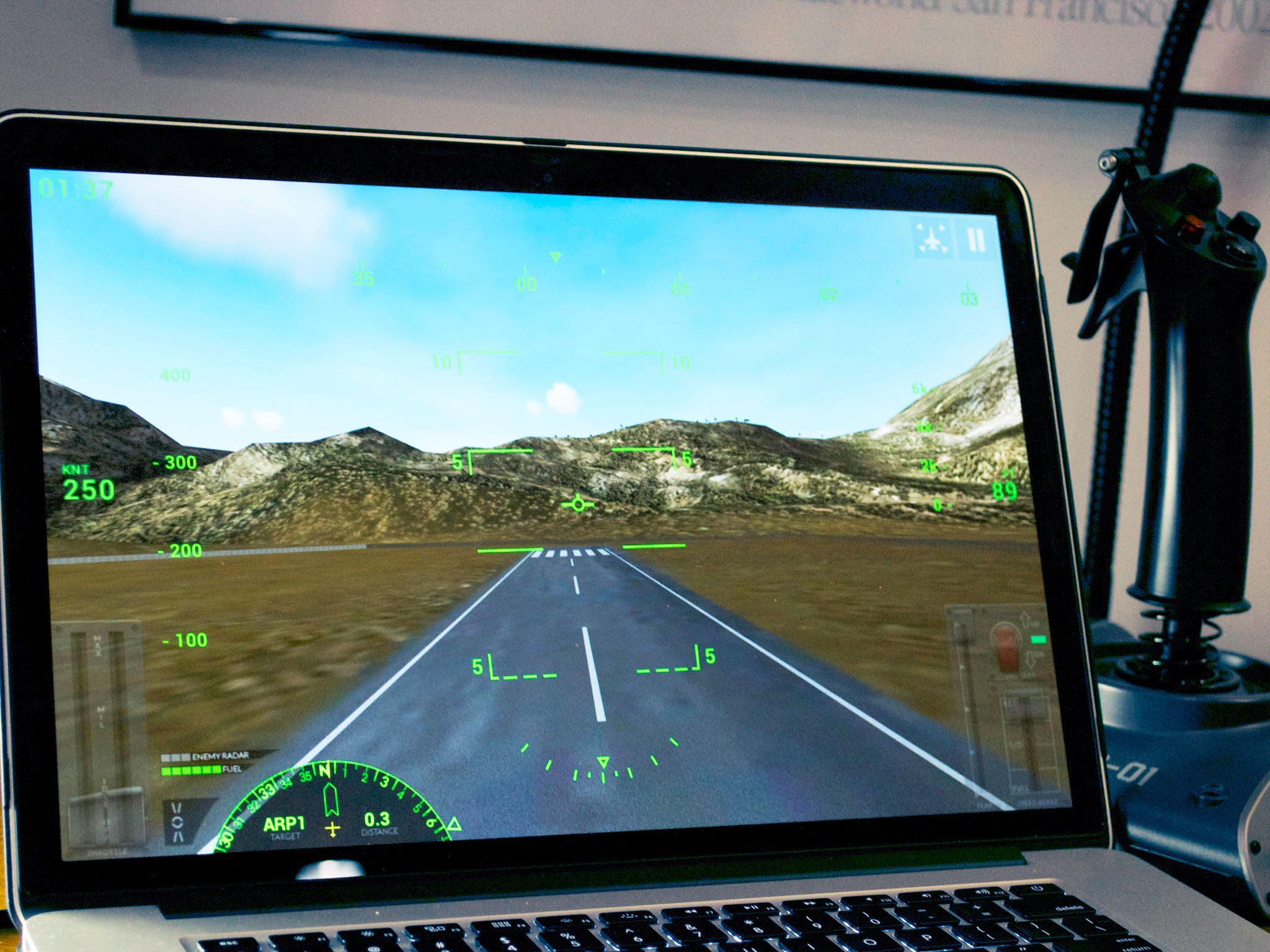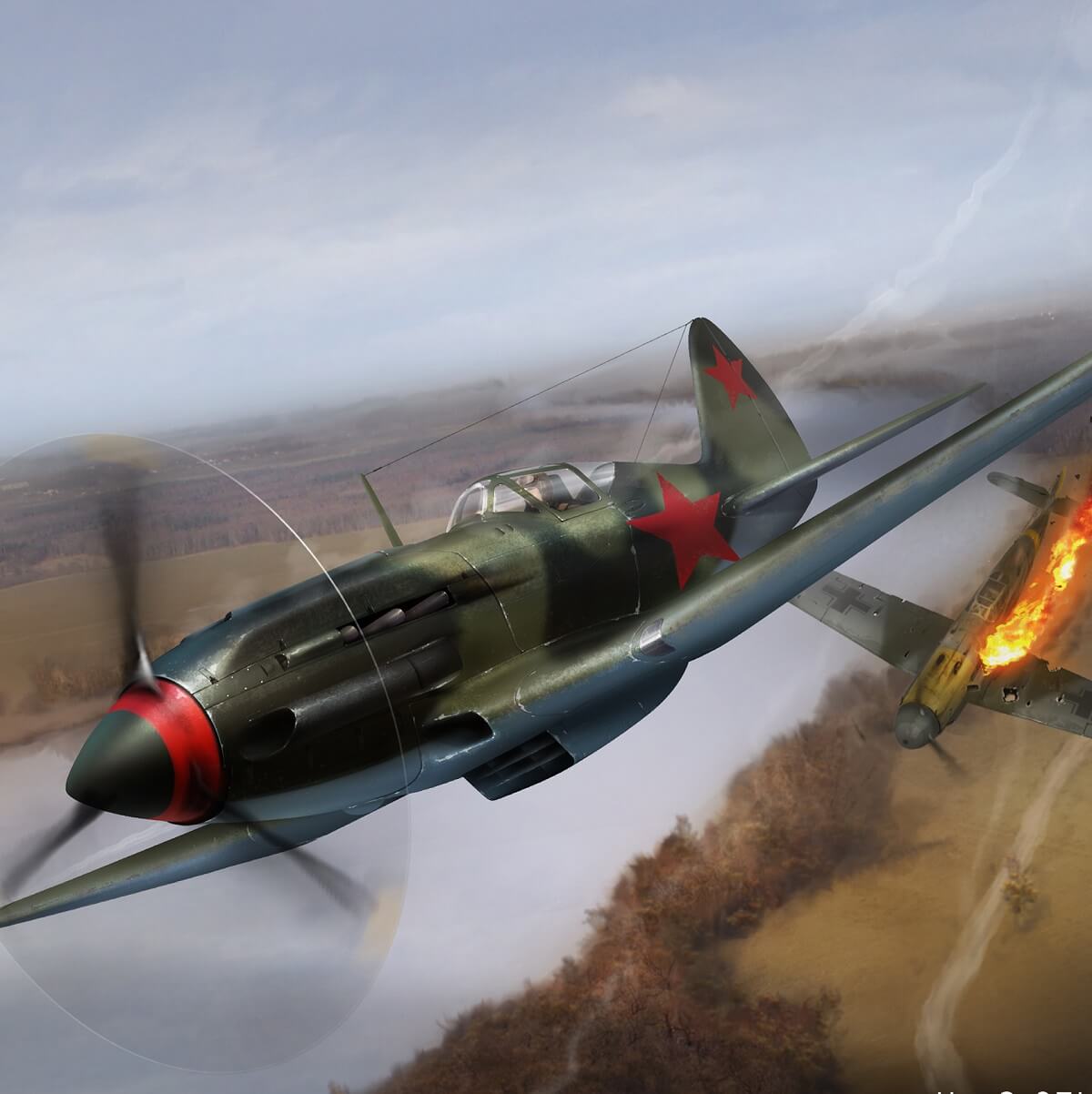

“If we’re going to pull the trigger on a new fighter, now’s probably the time,” Grazier said. military’s roughly $700-billion annual budget. military’s shift in focus toward peer threats-that is, Russia and China-the Navy and Air Force might get bigger shares of the U.S. Pentagon leaders have hinted that, as part of the U.S. “The F-35 is approaching a crossroads,” Grazier said. The Air Force ended F-22 production after completing just 195 copies. It’s not for no reason that Brown has begun characterizing the F-35 as a boutique, high-end fighter in the class of the F-22. Now the service is signaling possible cuts to the program. So on and so forth.įifteen years after the F-35’s first flight, the Air Force has just 250 of the jets. Delays gave developers more time to add yet more complexity to the design. There’s a small-wing version for land-based operations, a big-wing version for the Navy’s catapult-equipped aircraft carriers and, for the small-deck assault ships the Marines ride in, a vertical-landing model with a downward-blasting lift engine. “They tried to make the F-35 do too much,” said Dan Grazier, an analyst with the Project on Government Oversight in Washington, D.C. The Air Force alone wanted nearly 1,800 F-35s to replace aging F-16s and A-10s and constitute the low end of a low-high fighter mix, with 180 twin-engine F-22s making up the high end.īut the Air Force and Lockheed baked failure into the F-35’s very concept.

As conceived in the 1990s, the program was supposed to produce thousands of fighters to displace almost all of the existing tactical warplanes in the inventories of the Air Force, Navy and Marine Corps. Instead of ordering fresh F-16s, he said, the Air Force should initiate a “clean-sheet design” for a new low-end fighter.īrown’s comments are a tacit admission that the F-35 has failed.

#FIGHTER PLANE GAMES FOR MAC UPGRADE#
The 17-ton, non-stealthy F-16 is too difficult to upgrade with the latest software, Brown explained. But Brown shot down the idea, saying he doesn’t want more of the classic planes. In his last interview before leaving his post in January, Will Roper, the Air Force’s top acquisition official, floated the idea of new F-16 orders. But the flying branch hasn’t bought a new F-16 from Lockheed since 2001. Today, the Air Force’s roughly 1,000 F-16s meet that need. Hence the need for a new low-end fighter to pick up the slack in day-to-day operations. “I want to moderate how much we’re using those aircraft,” Brown said. This is our ‘high end’, we want to make sure we don’t use it all for the low-end fight.” “You don’t drive your Ferrari to work every day, you only drive it on Sundays. The F-35 is a Ferrari, Brown told reporters last Wednesday.


 0 kommentar(er)
0 kommentar(er)
